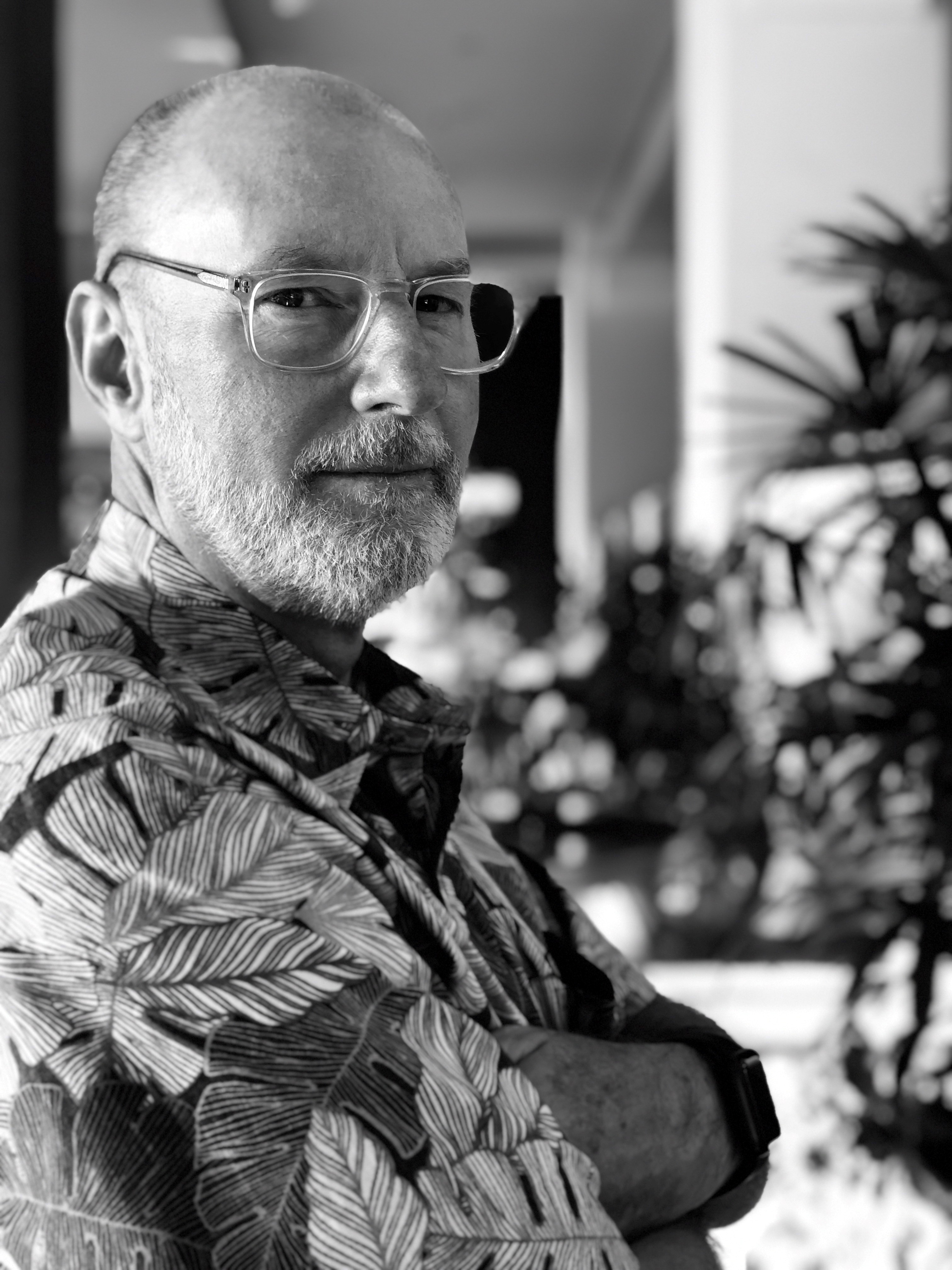IESNYC Member of the Month: Charles G Stone II

Q: How did you first get started in the lighting industry?
In hopes of staving off juvenile delinquency, my parents took an 11-year-old boy to the Harrisburg Community Theatre where I was introduced to one Jerome Giddings, a cranky old scenic artist, and Tom D’Agostino, a local lighting designer who dreamt of Broadway but never got there. I was immediately smitten by colored gels and the shutters on Lekos. In high school I was elected (can you believe we had an election?) president of the Stage Crew and thus became temporary custodian of the three-ring binder that contained the technical information for the theatre at Cedar Cliff School in Camp Hill, Pennsylvania. I was precocious enough to star in the high school plays and simultaneously do the lighting and set design. At Princeton University, I found a way to write term papers about the plays I was lighting, culminating in a senior thesis on Shakespearean stage design. To better understand space, I took a couple of courses in architecture and architectural theory. To the everlasting dismay of my parents, upon graduation in 1976 from Princeton, instead of getting a job in finance or going off to graduate school, I spent the summer at Williamstown Theatre Festival and then worked off-off-Broadway in theatres about the size of the FMS large conference room. I then returned to Princeton and worked at the McCarter Theatre becoming the Master Electrician, Special Events Coordinator, and young lighting designer for the community ballet and theatre productions. In 1978, friends and family convinced me to apply to graduate school in architecture, an exercise in futility due to my lack of undergraduate preparation. Lee Copeland, who was the new Dean of The School of Architecture at the University Pennsylvania, actually took the time to call me at McCarter Theatre one afternoon to inform me that my application had been rejected but that based upon my portfolio, I really should become a lighting designer. This is the first time I had heard the phrase “architectural lighting design.” One of my mentors in Princeton, W. W. Lockwood Jr, who was the impresario of Lincoln Center for 25 years while simultaneously doing the same job at McCarter, sent me off to meet Claude Engle in Washington, DC. I wore a gabardine suit to my 10:00 am interview. Claude, not known for his timeliness, saw me the end of his day about 5:30. It’s fair to say that my career started at 6:30pm that day. I had no idea that I had entered the “lighting industry.” Three years later in 1983, answering the call of my soon-to-be wife Kimberly, and bigger dreams of bigger light, I went to see a couple of guys in New York who were intent on expanding their architectural lighting business. A few weeks later I joined Jules Fisher & Paul Marantz Inc. where for the next 36 years (and counting), I have learned from the Masters, standing on the shoulders of giants. I’ve had so much fun and I don’t feel like I have worked a day yet. In 2015, the morning after my wife and I closed on our apartment in Seattle (we had just opened our FMS Seattle studio), I exited the elevator on our floor with an older guy who lives next door. Our next-door neighbor is one, Lee Copeland, the very same former Dean of Penn who sent me off to be a lighting designer 40 years ago. I like to give him wine and ask him what I should do next.
Q: How did you first get involved in the IESNYC?
Willard Warren called me some months after I started working for Paul and Jules to inform me that I was joining IESNY and that I would be giving a speech on “the history of light fixtures” at Lighting World (which was an industry trade show and precursor to Lightfair). I remember telling Bill that I didn’t know anything about the history of light fixtures, to which he replied, “that’s why I am calling you ahead of time.” I quickly learned from Paul and Jules how to use a copy stand to make 35mm slides, how to use a light table to plan a presentation, and how to write out a speech on 3.5” x 5” cards then practice in front of a mirror: Life before PowerPoint. And I began collecting books and learning about the history of light fixtures. Thanks again, Bill.
Q: How do you see your role as member of the IESNYC?
For about 25 years, whenever Frank Conti or one of his “minions” or “acolytes” calls, I say “yes!”
Q: In your opinion, what are the best assets of the IESNYC?
The people, of course. The New York blend of designers, manufacturers, and sales representatives is unique. The sharing of knowledge and willingness to mentor is a both a laudable tradition and a hallmark of the IESNYC. We have to keep doing that.